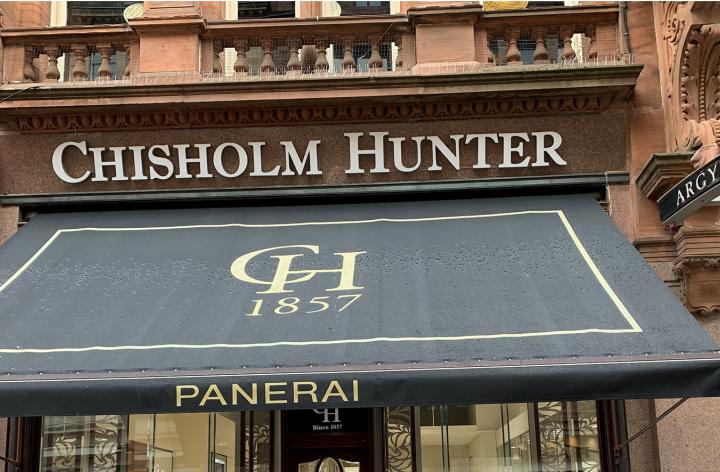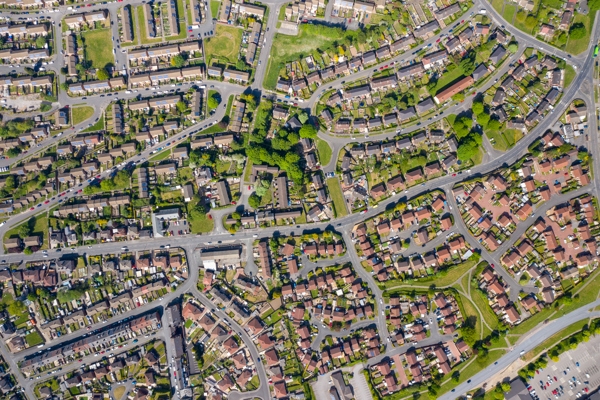
However the title deeds which set out these provisions are often many years old, and the drafting used in them is not always as precise as it might be. So it can be challenging to provide a definitive interpretation of such provisions, particularly where buildings have altered in the intervening years.
This issue was recently considered by the Inner House of the Court of Session in the recent case of Royal London Mutual Assurance Society Limited v Chisholm Hunter & others. This case involved a shop unit at the Buchanan Street end of the Argyll Arcade in Glasgow. The Argyll Arcade is one of the oldest covered shopping arcades in Europe and was constructed in 1827. It runs in a L shape from Buchanan Street to Argyll Street - essentially it is a walkway with a glass roof, with mainly jewellery shops on either side. If you know the Argyll Arcade, it is not difficult to imagine that it might need fairly complex provisions to deal with any common parts.
The shop in question, number 28 Buchanan Street, extends over four floors. It forms part of Argyll Chambers, a seven storey building which was constructed in 1904 as commercial premises. This case involved the owners of number 28 Buchanan Street, and four other owners of properties within Argyll Chambers, and concerned the common parts of the Chambers building.
Some general repairs were required to the building, and the owners of the shop applied to the Lands Tribunal for a determination that the title provisions which set out how the maintenance and repair of the common parts were to be shared amongst the various owners were invalid, unenforceable and incapable of being applied. Their issue was that they had up to 45% of the overall liability - a significantly greater share than their proportion of the total floor area of the Chambers building.
The relevant title provisions were set out in a 1954 deed. This described the individual units by reference to their postal addresses and as "at present occupied by" named parties at that time. The 1954 deed provided the various properties with rights to the common parts of the Chambers building. The liability of each proprietor for repairs to those common parts was to be calculated according to the proportion that the assessed rental (i.e. rateable value) of each property bore to the total rateable value of Argyll Chambers. Although the common repairs had in practice been dealt with under these provisions since 1954, the owners of 28 Buchanan Street (who had only recently acquired the property) argued that the burdened properties were not identifiable from the titles, and also that the nature and content of the burdens were too ambiguous and uncertain to enable the owners to ascertain the extent of their liabilities.
It is well established in law that in order to be valid, it must be possible to ascertain the terms of a real burden from within the four corners of the relevant deed (i.e. without having to look at anything outside the deed itself). So, it must be possible to determine the exact nature and amount of the burden - this requires a sufficient description of the land that is burdened, and an adequate statement of what the burden entails. The owners of 28 Buchanan Street argued that this was no longer the case - over the years since the title provisions were put in place, units in the building had been re-numbered, and some had their boundaries varied to some extent, either to encompass areas outwith the Chambers building, or to become more restricted within the Chambers building. However, the Lands Tribunal decided that the nature and extent of the burdens could still be readily ascertained from the 1954 deed. The unit numbers and areas of the units were not set in stone. The occupied parts of the building would still be subject to an assessed rental on the valuation roll, and a fair apportionment could still be arrived at, provided that the assessed rental value of the floor area of any specific unit could be ascertained. Some form of apportionment might be needed, but this was the type of calculation which could be carried out by surveyors or property managers.
The owner of 28 Buchanan Street appealed the decision of the Lands Tribunal. However on appeal, the Inner House essentially agreed with the Lands Tribunal.
The Court also mentioned in its judgement that "with a burden of repair and maintenance of common parts, the court would be inclined to look more favourably on a construction which was, as this one appears to have been, workable".
So even if a burdens provision is difficult to apply given the current configuration of a building, it should not just be disregarded. It may not be possible to work out an owner's exact liability simply from the titles - but if it is possible to apply the provisions which regulate maintenance and repair of the common parts, even if that requires input from a surveyor or property manager, then that is the construction that a court will prefer.


